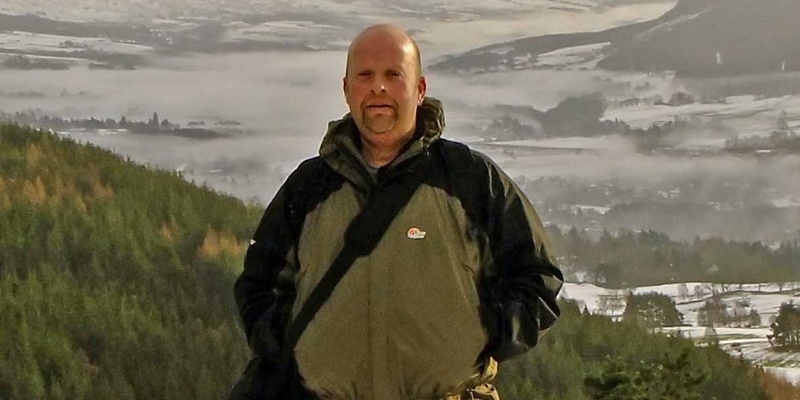Discrepancies in ambulance cover in rural and urban areas could be putting lives at risk, it has been claimed.
While densely populated parts of the country enjoy average response times of 6 minutes, those living in Highland Perthshire are facing longer waits for assistance.
There are fears that residents could suffer as a result, with examples of patients being forced to wait for almost an hour for paramedics in ”urgent” cases.
Among those concerned about the level of cover is Davy Nelson, a freelance photographer from Pitlochry, who has suffered three heart attacks in the last 12 months.
After discovering he had a hereditary condition, the 43-year-old moved to the Victorian town from Kinloch Rannoch so he could be closer to the nearest ambulance centre and be treated quicker.
But when he did require the attention of paramedics after suffering heart failure last September, it was 51 minutes until they arrived. Fortunately, he had been able to make his way to the Atholl Medical Centre to be seen by a doctor, who summoned the ambulance.
”The staff there were absolutely brilliant but what really concerned me was the fact I was going into heart failure and then myocardial infarction, yet had to wait almost an hour for an ambulance because the one and only vehicle was out on call,” Mr Nelson said.
Just two months later, he collapsed in Pitlochry following a second heart attack and again was taken straight to the local health centre. Paramedics were called to transport him to hospital but did not arrive for over half an hour.
Despite making a good recovery, disaster struck again for the photographer in June this year when he suffered a blockage in his arteries.
This time, he was left waiting for 31 minutes before being transferred to Perth Royal Infirmary and then Ninewells Hospital, Dundee, for an angiogram and further stents.
Although he makes no criticism of the Scottish Ambulance Service, who he credits for saving his life, Mr Nelson believes his experiences should be used to highlight the problems being faced by residents in Highland Perthshire.
He continued: ”If it wasn’t for the paramedics, hospitals and Atholl Medical Centre, I would not be here today. I am lucky to be alive and that alone is down to the quick-thinking of the ambulance crew who picked me up.
”What I would like to know, however, is why we only have one ambulance to cover such a huge area? It is an absolute joke and is playing roulette with people’s lives.”
Mr Nelson, who until suffering from his first attack was a keen hill walker, is considering moving from Pitlochry to be closer to Perth and to a larger ambulance centre.
In an effort to spark a rethink on ambulance cover in Highland Perthshire, Councillor Ian Campbell has passed on Mr Nelson’s harrowing experience to Health Secretary Nicola Sturgeon.
”The Scottish Ambulance Service has previously stated that an average response time of 6 minutes is the norm,” Mr Campbell said. ”Sadly, that is not the case in Highland Perthshire with the current level of ambulance cover.
”Nicola Sturgeon recently trumpeted that cash was available to improve this but we don’t appear to be seeing any of it here.”
The Scottish Ambulance Service told The Courier that the target response for ”urgent” calls from GPs is one hour, and in the case of Mr Nelson paramedics have always arrived well within this time.
”On all three occasions, the calls were received from the patient’s doctor and were not requested as immediately life threatening,” a spokesman said.
”Crews in Pitlochry station respond to around three incidents per day on average and if they are not available at the time of a call the response will come from the nearest available ambulance, which may be from other stations in Perthshire.
”We would be happy to meet Councillor Campbell to discuss in detail how ambulance cover is managed in Perthshire.”
